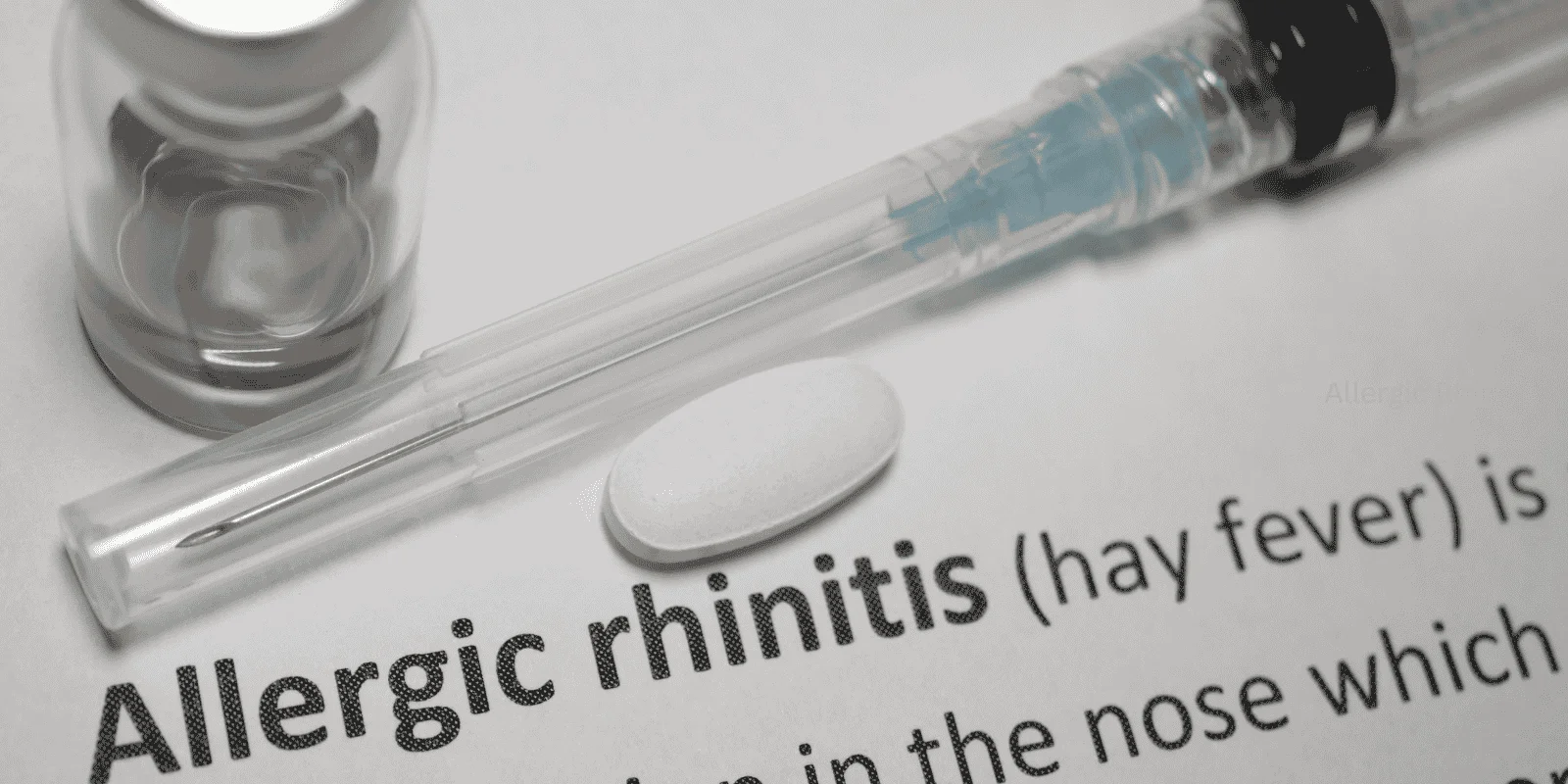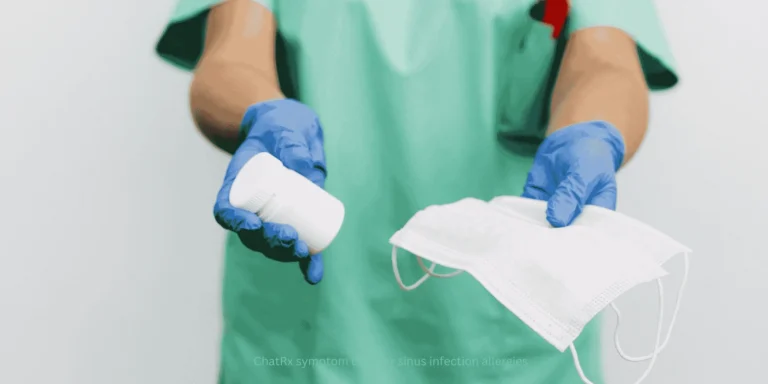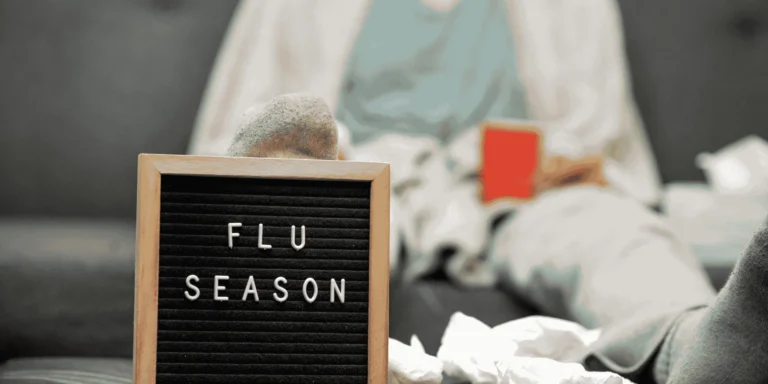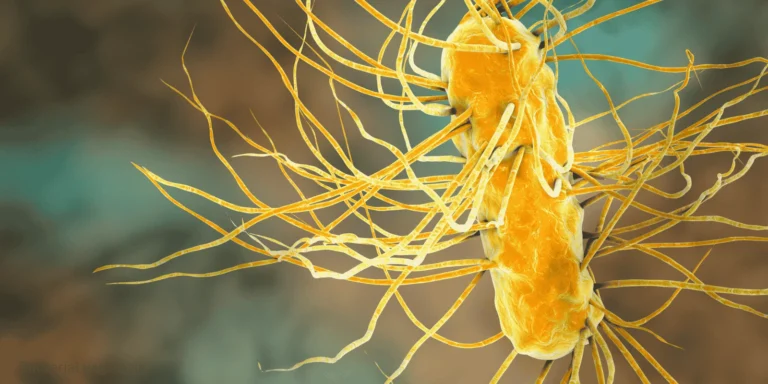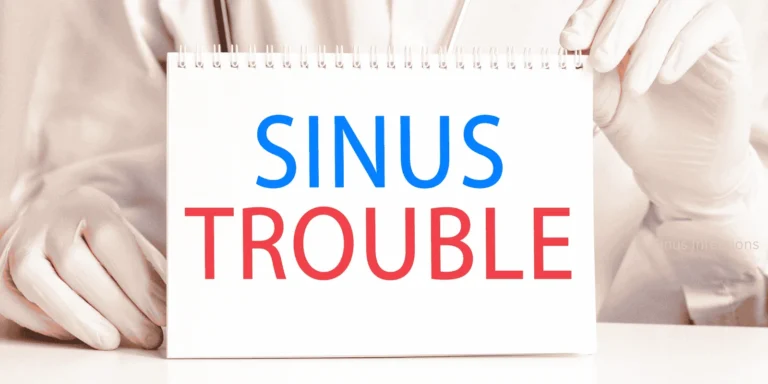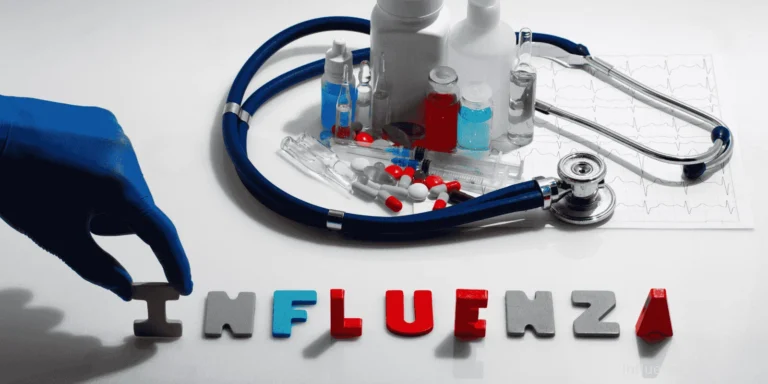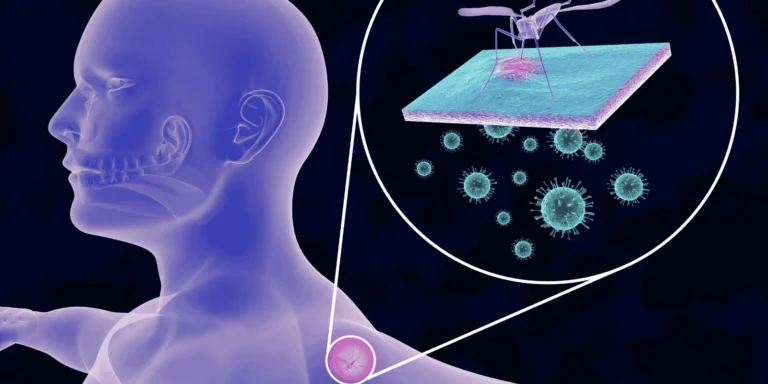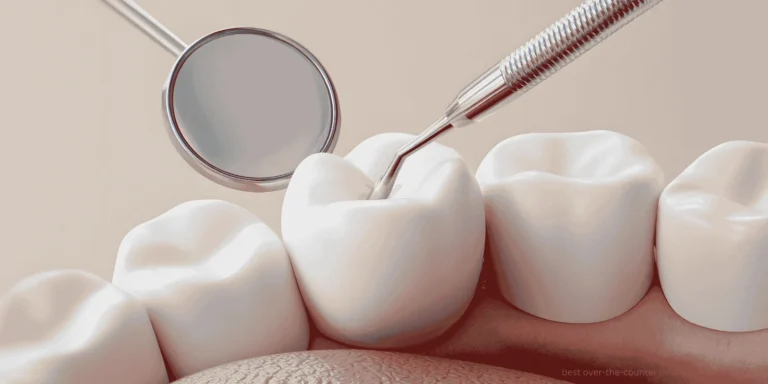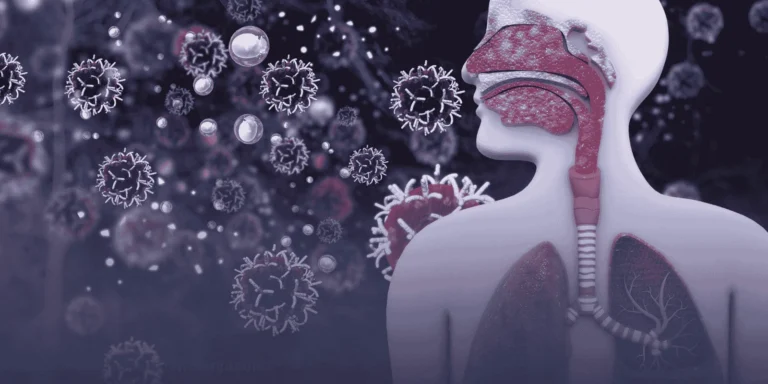If your nose is constantly stuffed up and you’re sneezing all the time, figuring out whether you’re dealing with allergies or a sinus infection can be tricky. They share a lot of symptoms, but the treatment is completely different.
Let me help you understand the differences so you know what you’re actually dealing with.
Timeline Tells an Important Story
Allergic rhinitis tends to be consistent. Your symptoms show up when you’re exposed to triggers—pollen, dust, pet dander—and improve when you’re not around them. You might feel crummy for weeks or months during allergy season.
Sinusitis usually comes on after a cold or respiratory infection. You start getting better from your cold, then suddenly your face hurts and the mucus changes. Most sinus infections develop over a few days and peak within a week.
I had a patient last spring who thought she had a sinus infection every year in April. Turns out it was allergies triggered by tree pollen. Once we treated it as allergies instead of repeated infections, she felt dramatically better.
Mucus Color and Consistency
Both conditions cause nasal discharge, but there are clues in what comes out. Allergic rhinitis typically produces clear, watery mucus. It just runs constantly.
Sinusitis often involves thicker mucus that’s yellow or green. The color comes from your immune system fighting infection, not necessarily from bacteria. But thick, colored discharge lasting more than 10 days suggests infection rather than allergies.
Facial Pain and Pressure
This is where sinusitis really stands out. You get deep, aching pain around your cheeks, forehead, or behind your eyes. Bending forward makes it worse because it increases pressure in your sinuses.
Allergies can cause some mild facial pressure from congestion, but it’s not the same intense, focused pain you get with sinusitis. If your face genuinely hurts, think infection rather than allergies.
Itching Is the Allergy Giveaway
Itchy, watery eyes? Itchy nose and throat? That’s allergies. Sinusitis doesn’t cause itching. If you’re constantly rubbing your eyes or nose, allergies are the likely culprit.
Sneezing fits are another allergy sign. You might sneeze some with sinusitis, but allergies cause those rapid-fire sneezing episodes where you can’t stop.
Fever Means Infection
Allergies don’t cause fever. If your temperature is elevated, you’re dealing with an infection like sinusitis, not just allergic rhinitis.
Treatment Differs Completely
Allergic rhinitis responds to antihistamines, nasal steroid sprays, and avoiding triggers. These don’t help sinusitis much.
Most sinus infections improve with decongestants, saline rinses, and time. Bacterial sinusitis needs antibiotics, which do nothing for allergies.
When Both Happen Together
Here’s where it gets complicated—you can have both at once. Allergies cause swelling that blocks your sinuses, which sets you up for infection. Through our chat-based system, I ask specific questions to tease apart which problem is causing which symptoms.
The key is paying attention to timing, the type of symptoms, and what makes them better or worse. Once we know what we’re treating, the right approach becomes clear.

